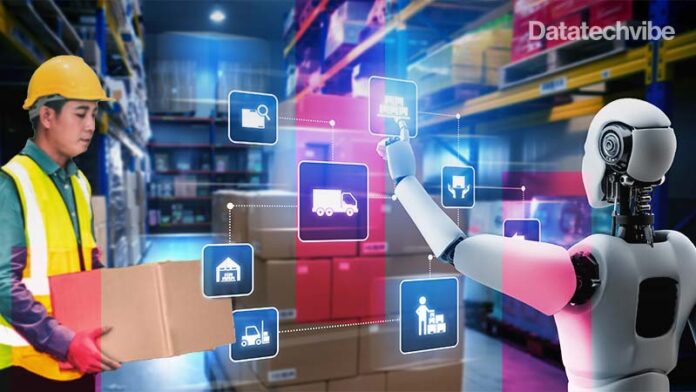Despite investing millions in SaaS platforms, almost every organisation realised that they were ill-equipped to manage their just-in-time, multi-geography supply chains, labour shortages, pricing volatility, tariffs, and cyberattacks.
Today’s company executives are signing blank checks to speed up the transformation of their just-in-time supply chains, limit risk, increase resilience, and increase profitability.
Today, businesses realise that having concrete data is critical for success in the global supply chain. Top performers will gain a considerable competitive edge by enhancing AI effectiveness, treating data as a strategic asset, and simplifying AI and ML.
Furthermore, the next three to five years will be critical in determining how AI|ML will disrupt supply chains designed to be cost-effective. AI will dehumanise choices and reward the lowest-cost suppliers by default.
According to Gartner, by 2024, 75 per cent of companies will have operationalised AI, ranging from simple data science use cases to modelling and controlling large supply chain systems, moving from “informing humans” to “making decisions for humans.” As companies deploy AI and machine learning, they must incorporate compassion into the algorithms to locate suppliers and manage global supply chains. This is how it can be done:
Combine quantitative methods with qualitative analysis
To increase demand and price forecasting accuracy and enable greater collaboration with suppliers, companies must use AI|ML on higher-quality data.
Traditional methods such as should-cost modelling, which focuses on weighting material input costs, must be phased out in advanced price forecasting models that use up-to-date market indices like labour statistics, duties and tariffs restrictions, commodities futures, and regional suppliers scorecards, and so on. These strategies are widely employed in retail banks to reduce the cost of their cash supply chains.
Track impact and drive sustainability
By incorporating key ESG related metrics such as carbon dioxide emissions, product recyclability rate, water consumption per tonne, product produced, packaging materials recycling rate, and waste recycling rate, AI and ML can mine and provide insights about the business and determine risk factors.
Use machine learning-based recommender algorithms for producing compassionate and sustainable value, taking into account company-specific targets such as carbon net-zero and waste. The Port of Montreal, for example, developed CargO2aiemploying AI to deliver pharmaceuticals, equipment, and food supplies, avoiding supply delays and stock shortages.
Enable agility through digital twins and scenario planning
Supply networks must become more agile and responsive. Companies construct AI-powered control towers as single sources of truth with end-to-end real-time data linkages spanning numerous systems, raw material flow, warehouses, logistics, people, and processes to respond to unplanned disruptions with higher intelligence swiftly.
Even before the pandemic, control towers had been effectively implemented in health supply chains. Supply chain ERPs are rapidly being forced to shift from a records system to a system of outcomes. ERPs are increasingly gathering real-time sensor and equipment data and other business system data via API-based connections.
Machine learning models may establish a live execution environment and simulate scenario planning using digital twins. Control towers collect KPIs, notify specified workers, and automate low-hanging repair decisions. Because AI learns over time, the supply chain’s history, choices, and preferences may be saved and used to create playbooks for dealing with future circumstances.
The effectiveness of AI in offering solutions in this context is dependent not only on model accuracy but also on the organisation’s ESG concerns. Although it is still early, formal initiatives to build guidelines for responsible AI have begun.
However, enterprises will not be able to reach AI’s full potential until they humanise the algorithms via trust, openness, and cooperation. It is a collaborative effort between humans and AI to shift from a profit-maximising linear goal to solving challenges for a more sustainable, ethical, and responsible world that prioritises fairness.
If you liked reading this, you might like our other stories









